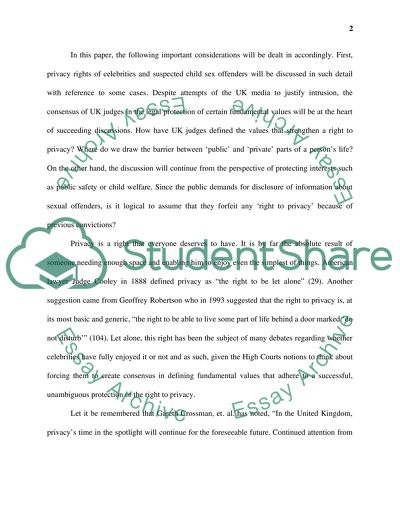Cite this document
(“Intrusion into the Lives of Public Figures Essay”, n.d.)
Intrusion into the Lives of Public Figures Essay. Retrieved from https://studentshare.org/law/1511970-intrusion-into-the-lives-of-public-figures
Intrusion into the Lives of Public Figures Essay. Retrieved from https://studentshare.org/law/1511970-intrusion-into-the-lives-of-public-figures
(Intrusion into the Lives of Public Figures Essay)
Intrusion into the Lives of Public Figures Essay. https://studentshare.org/law/1511970-intrusion-into-the-lives-of-public-figures.
Intrusion into the Lives of Public Figures Essay. https://studentshare.org/law/1511970-intrusion-into-the-lives-of-public-figures.
“Intrusion into the Lives of Public Figures Essay”, n.d. https://studentshare.org/law/1511970-intrusion-into-the-lives-of-public-figures.


